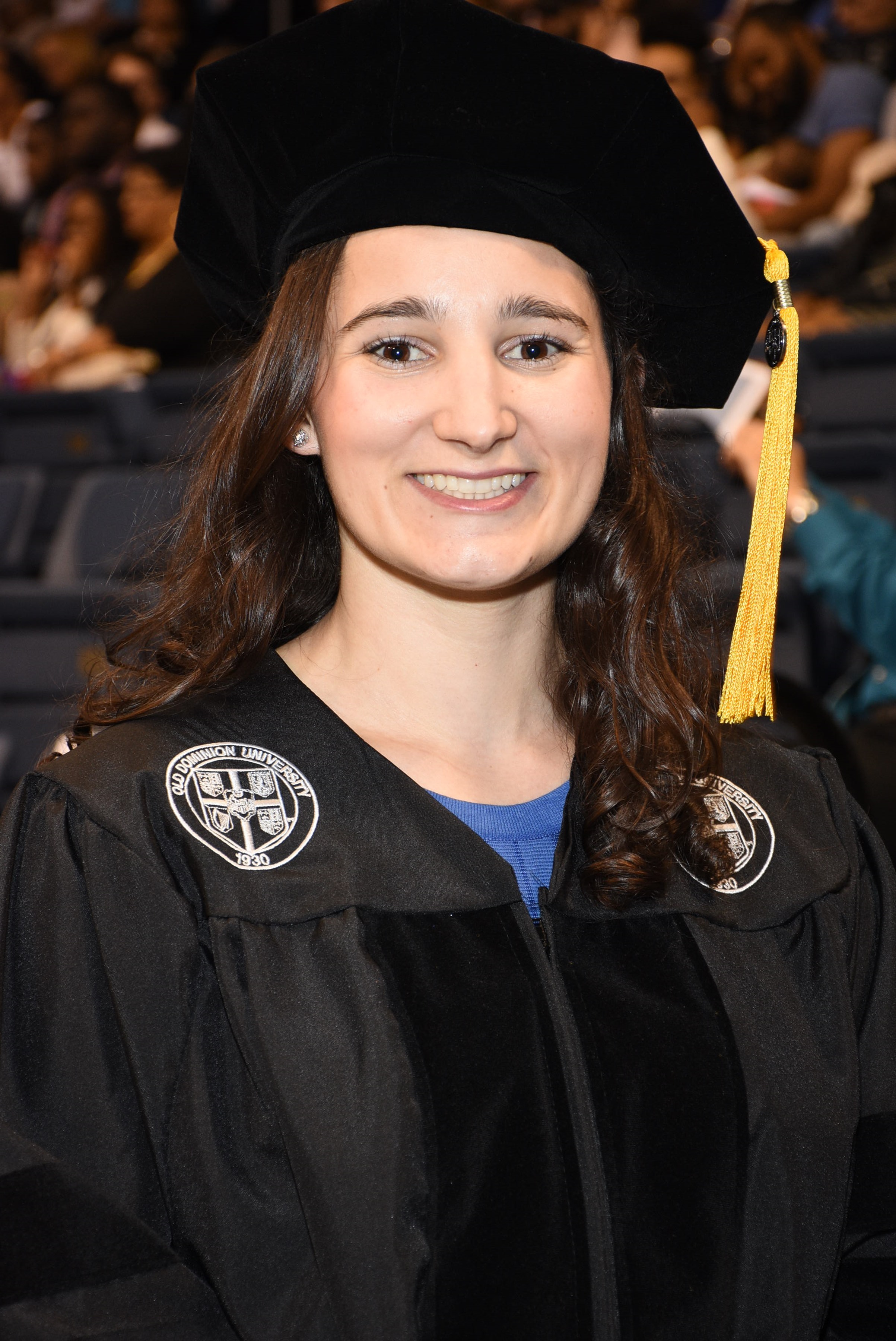Allison Perry has a full-time career as a hospital physical therapist. She holds a doctorate in physical therapy and a degree in electrical engineering. And she’s at work on a third degree: a BS in Mathematics through IU East. Taking one class at a time, she’ll likely finish in 2024.
Why math? Why now? “In my EE programs, I always loved math,” she says. “During the pandemic, I wanted to do something entirely different.” She looked for an online bachelor’s program in math. Master’s programs were plentiful. Bachelor’s programs were scarce. She was delighted to find IU Online’s BS in Mathematics.
Quick responses
Once Perry applied, things moved fast. “Admissions replied instantly. Right away, I was connected with a math advisor. Everyone was excited to talk with me. All my questions were answered,” she says. “I thought, If I could get such good help with online admissions and advising, the online instruction experience must be outstanding as well.”
Credit transfer was a breeze. “Even before admissions, my advisor looked through my transcripts and took it from there. He predicted which credits would transfer. All his predictions were spot on. He gave me explicit advice on the classes I’d need. I jumped in halfway through the curriculum.”
Perry wanted to dig deep into the roots and mechanics of math, the ins and outs, why we do the things we do. “I’m really, really, really enjoying it,” she says. “This program gives me a whole new skillset. If I wanted a career change, this would be a great pathway. I could still do something related to physical therapy, but with a larger math or data component.”
New ways of learning
Perry notes that it takes a different mindset to study online. “You have to be proactive in directing your own learning,” she explains. “I’m not having math taught to me. I’m working to learn it.”
Tests are also different. “How I’m being evaluated is nothing like an in-class, one-hour test where you address problems you’ve covered in class, at a familiar level of complexity. Online tests are more varied and open-ended, with an increased focus on applying the material covered in class. I’m being tested on whether I know how to use the skills I’m learning.”
Student diversity
Perry’s fellow students are a diverse group. In each course, students introduce themselves and explain why they’re taking the class. “Everyone’s circumstance is unique,” she says. “Some have families. Some are working full- or part-time. Some are in the military. We’re all dedicated. We have to be. We’re learning math for our own reasons.”
Flexibility
For Perry, flexibility is what makes online learning impactful. “It’s not one-size-fits-all,” she says. “It takes a variety of modes to deliver information effectively online: diagrams, videos, discussion boards, office hours, live zoom meetings. Our professors recognize that appealing to a variety of learning styles means presenting the materials in a variety of formats.”
Professors also have to be available. “Mine recognize that,” she says. “A lot of work gets done in the wee hours. I’ve spent many a Friday night in a zoom call with a professor. That was the only time I had, and they knew that.”
What’s next?
In Perry’s view of the future, being able to pivot is important. Right now, she’s going with the flow. “I’m really enjoying myself. Once I complete the degree in a subject I love so much, I’ll have the skills to go down whatever road I want.”


